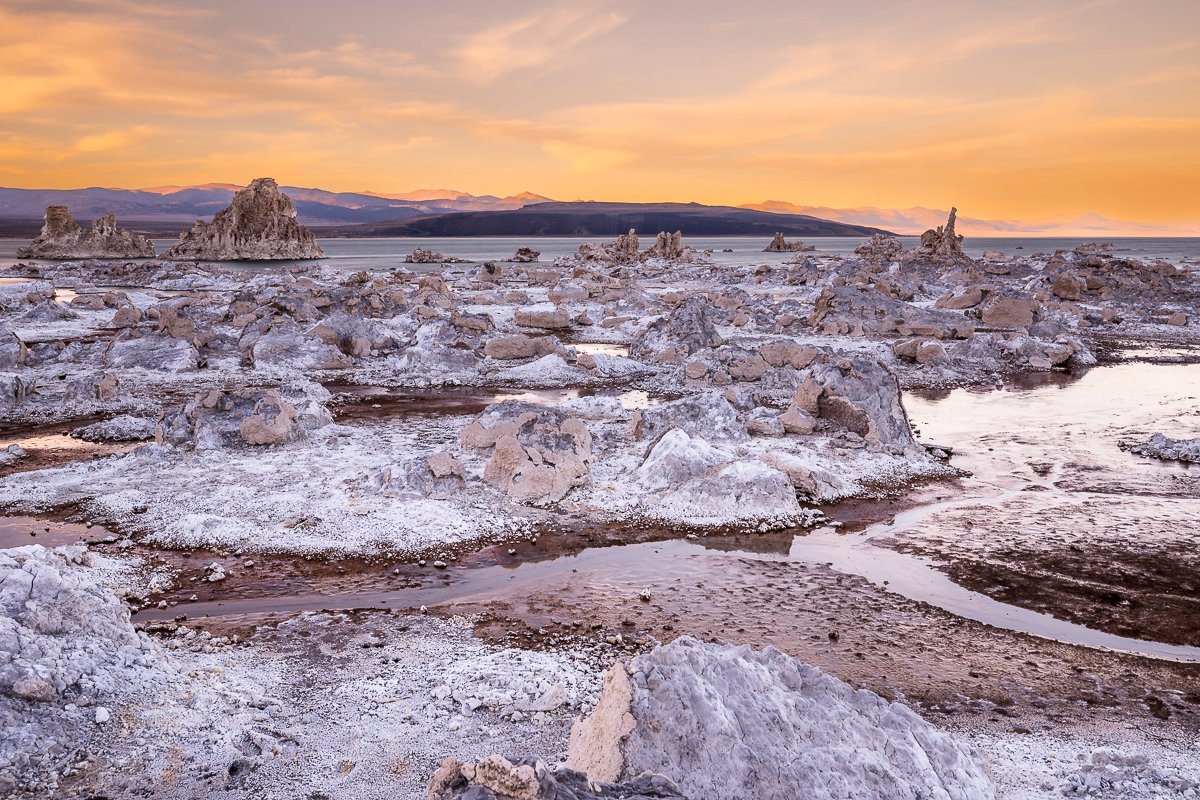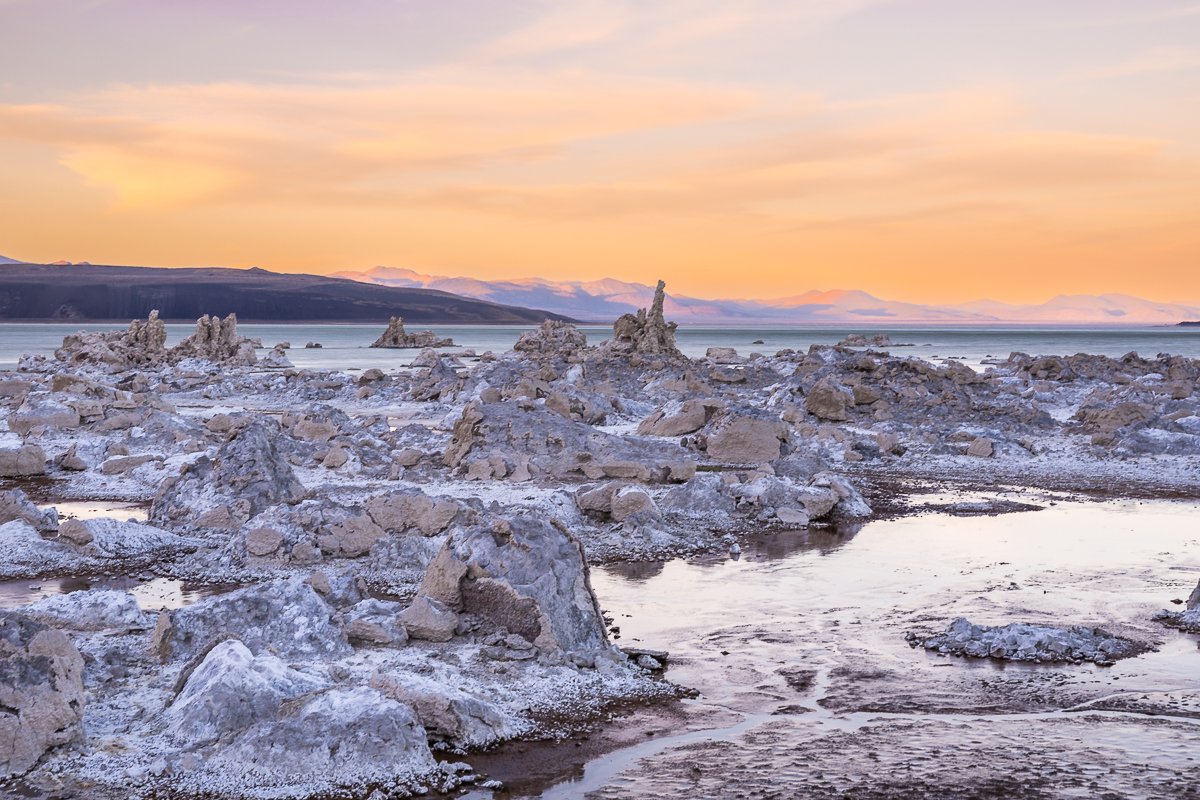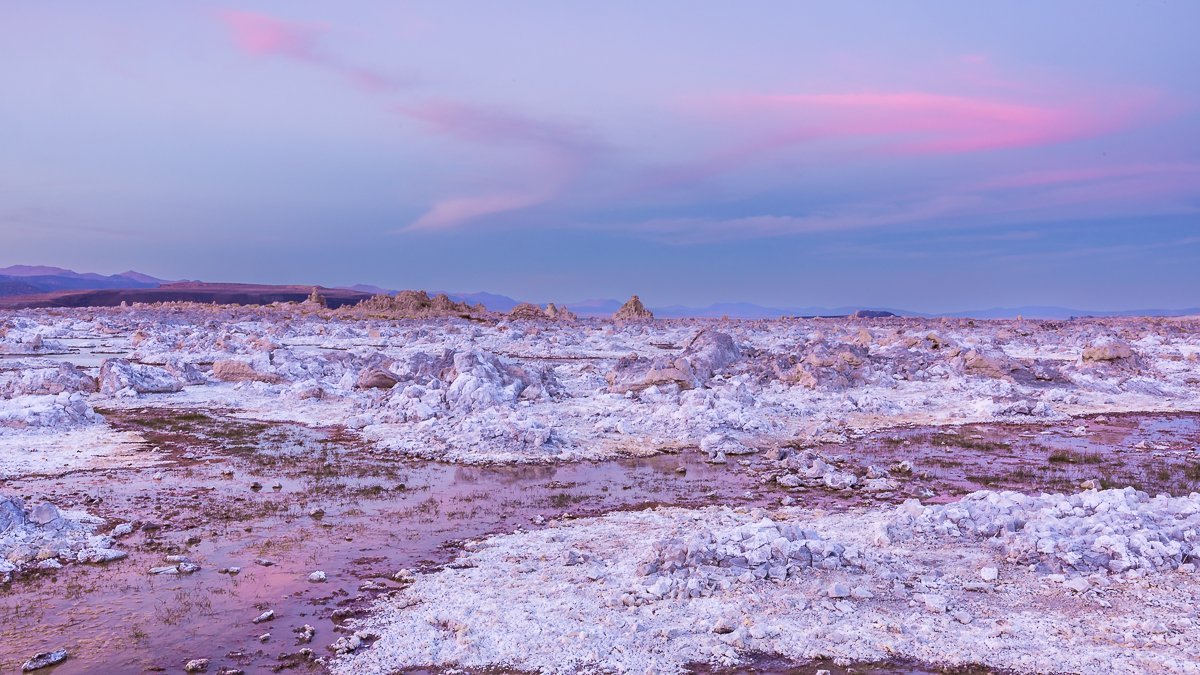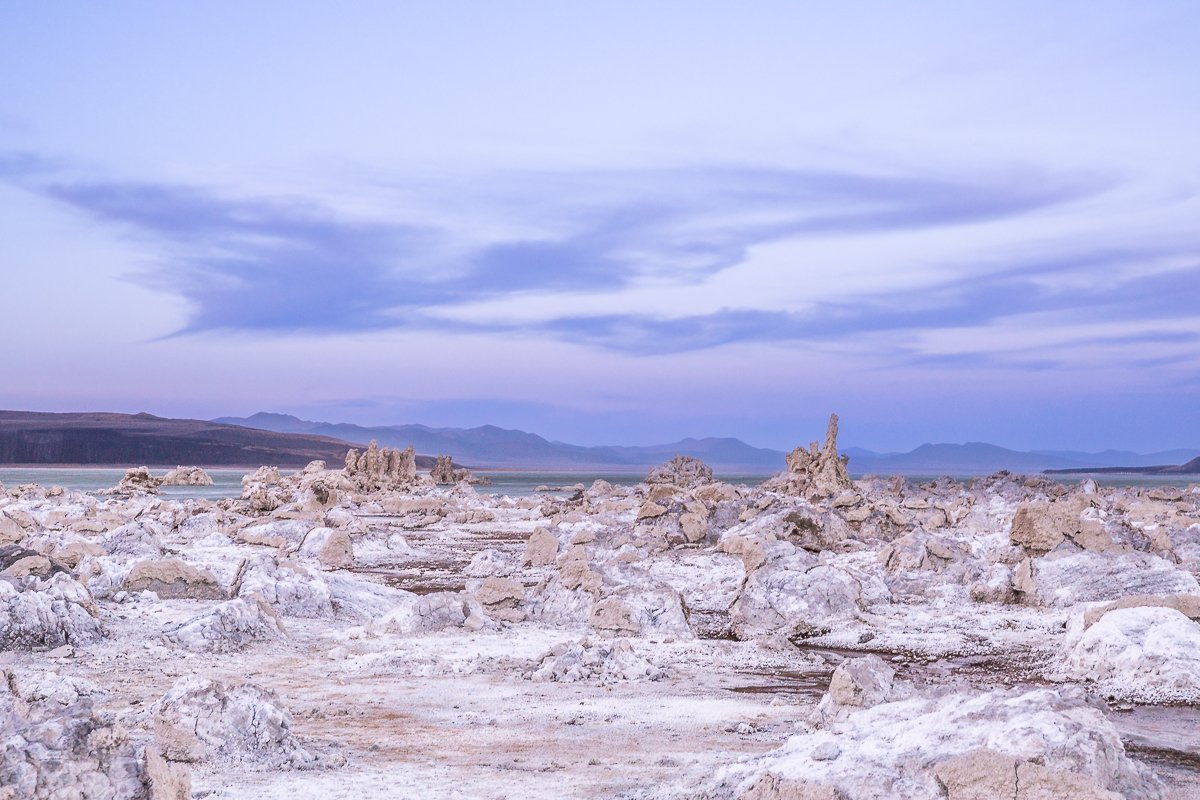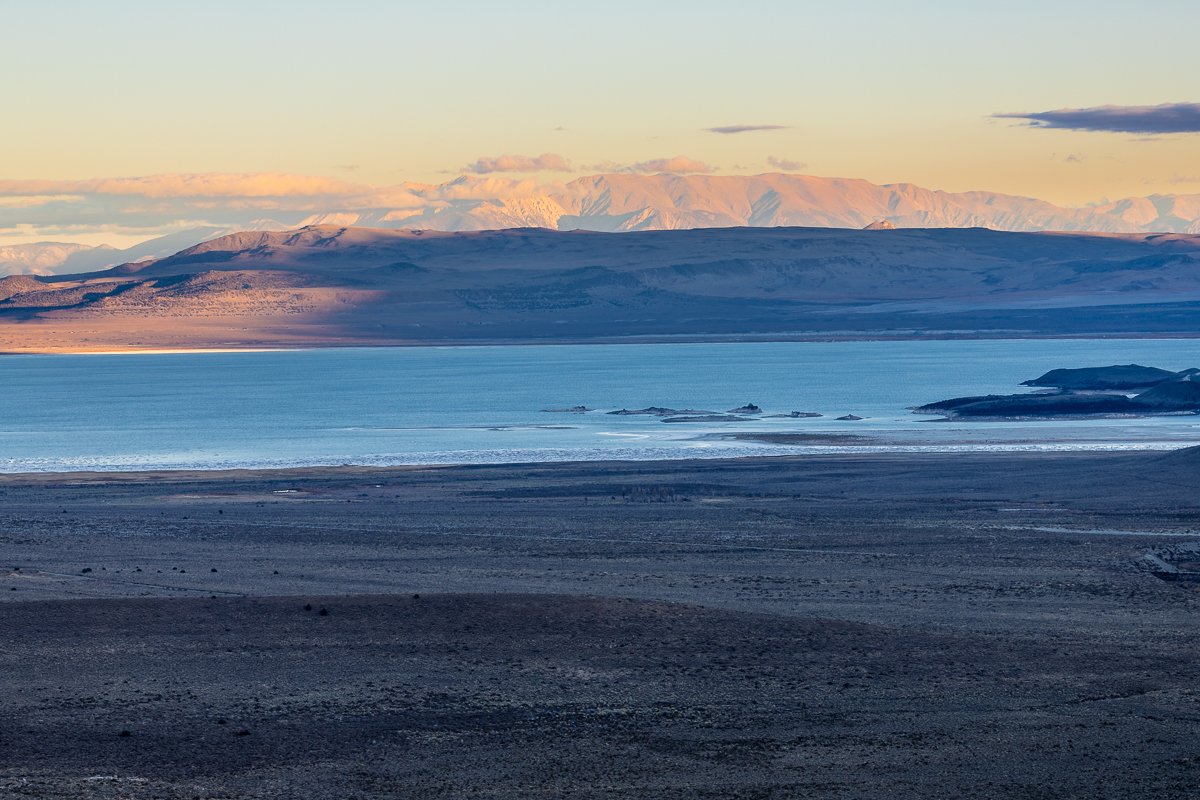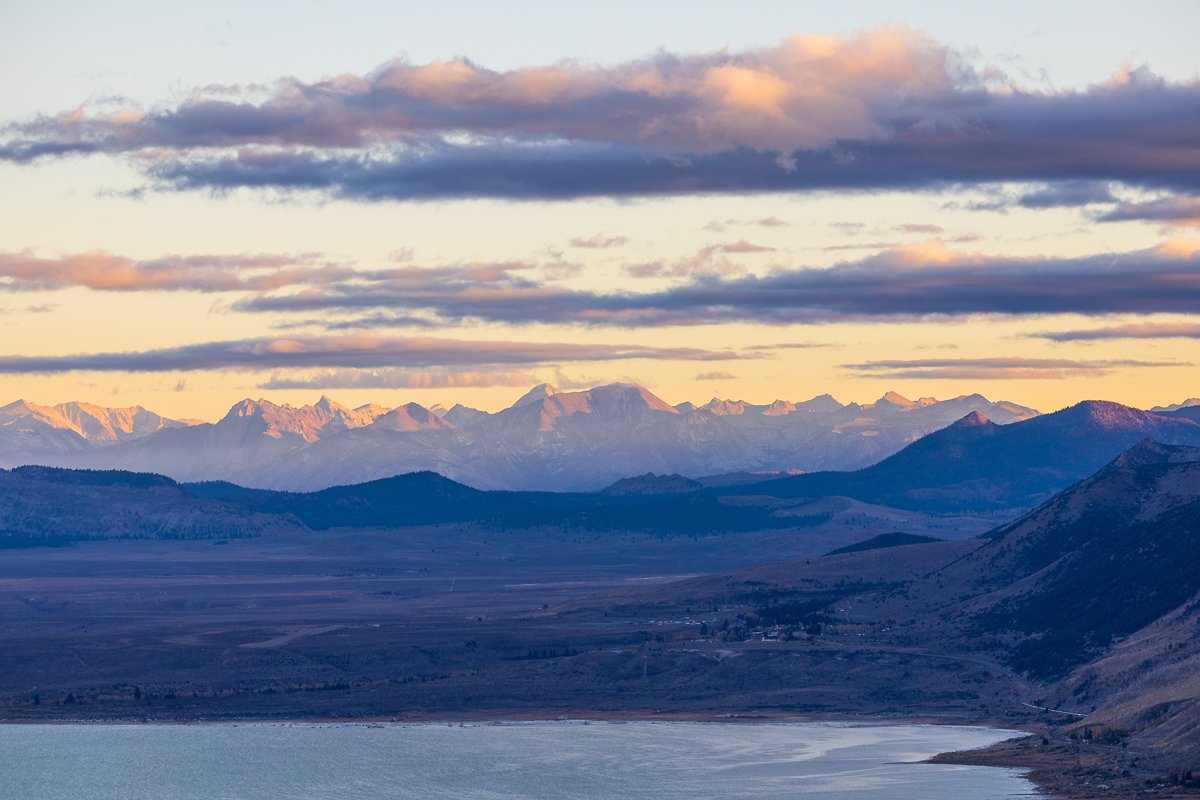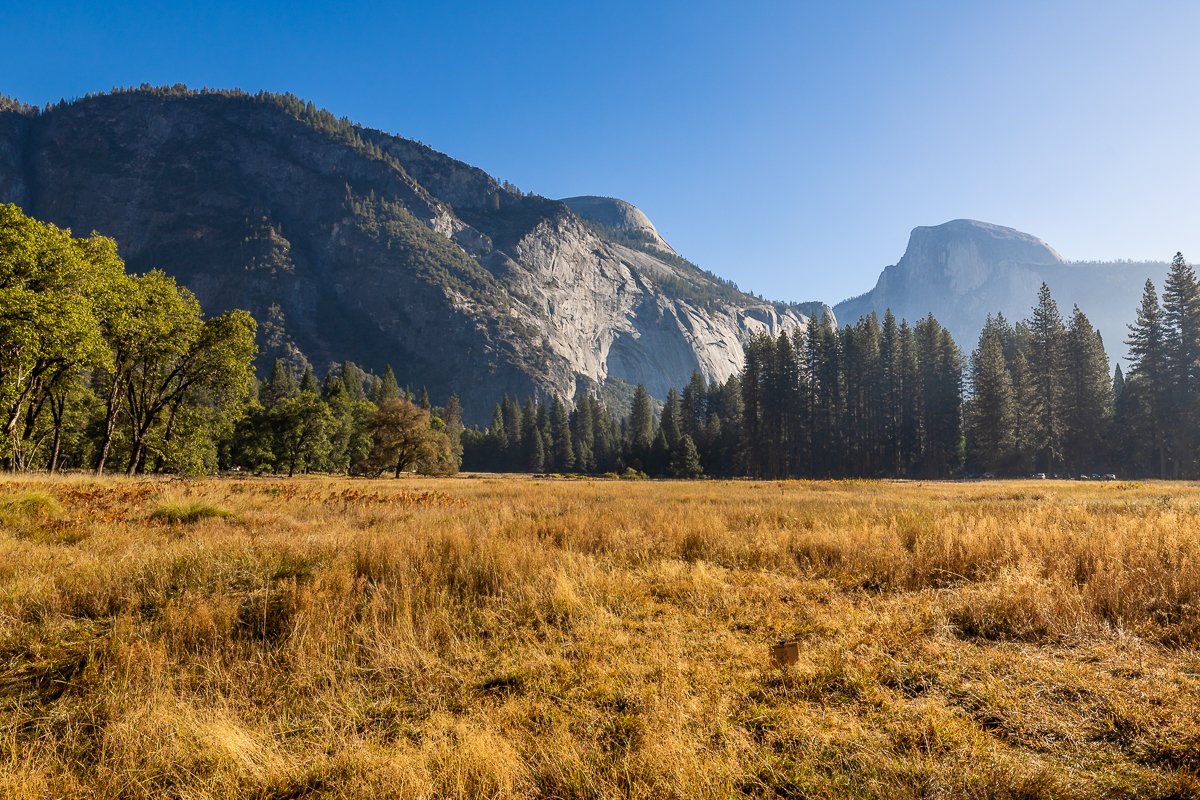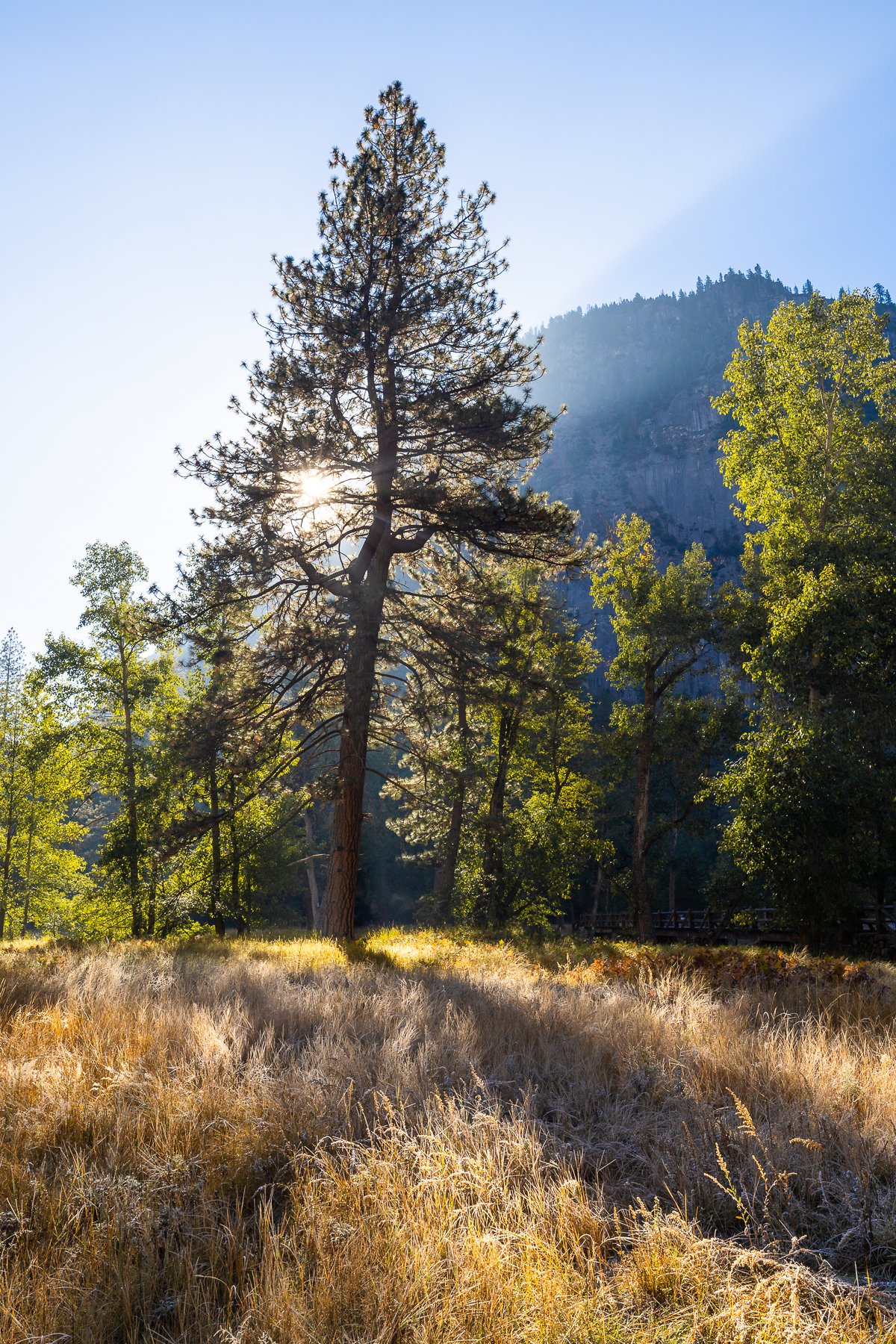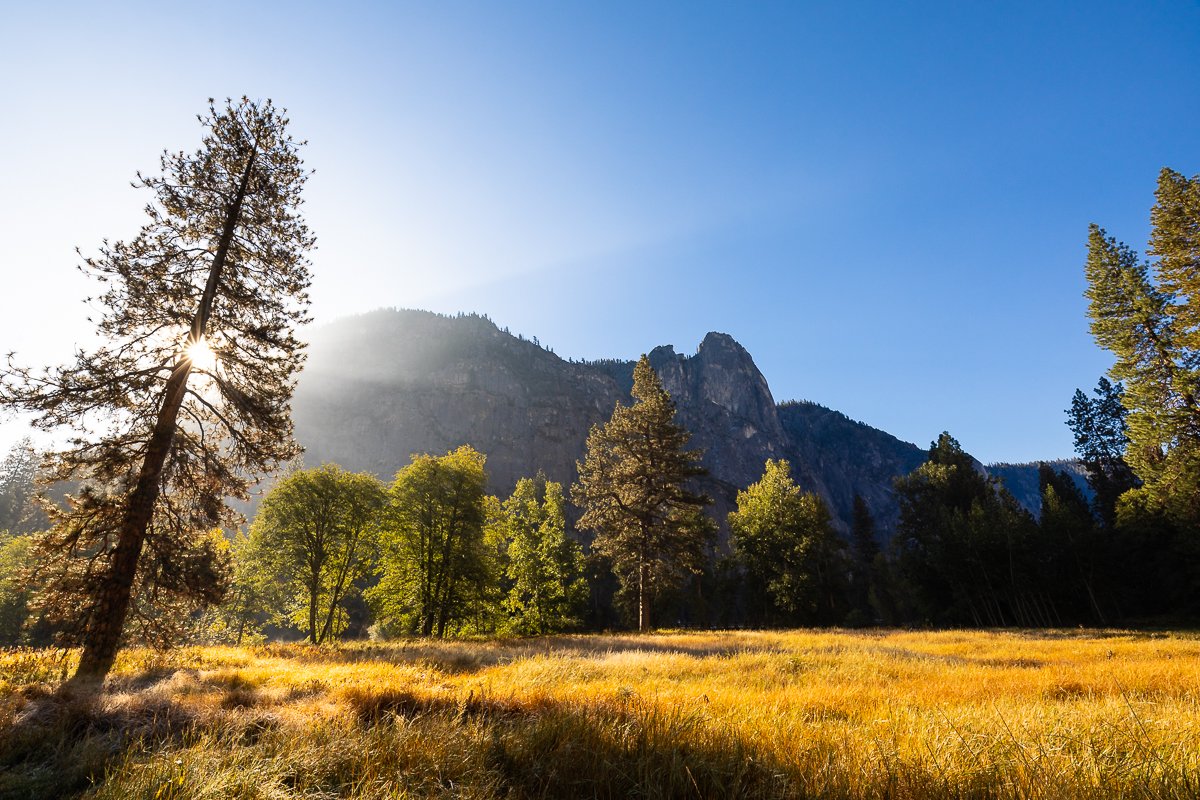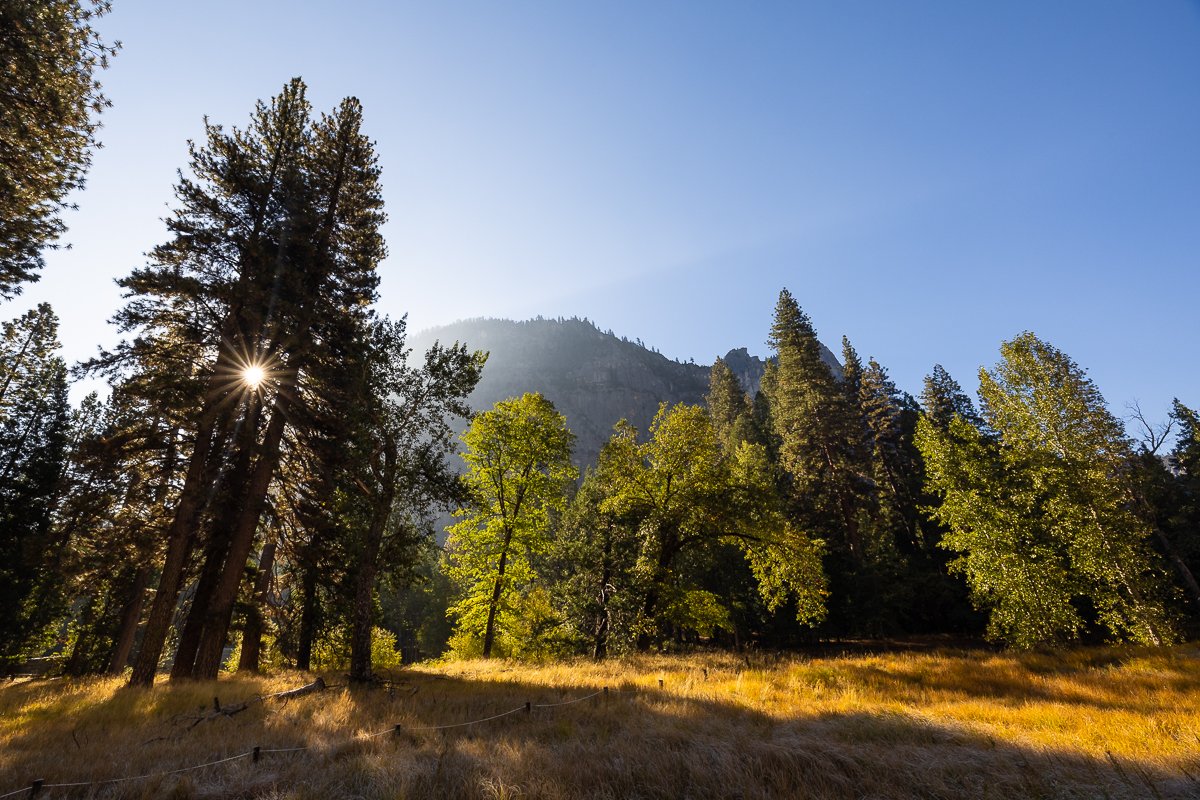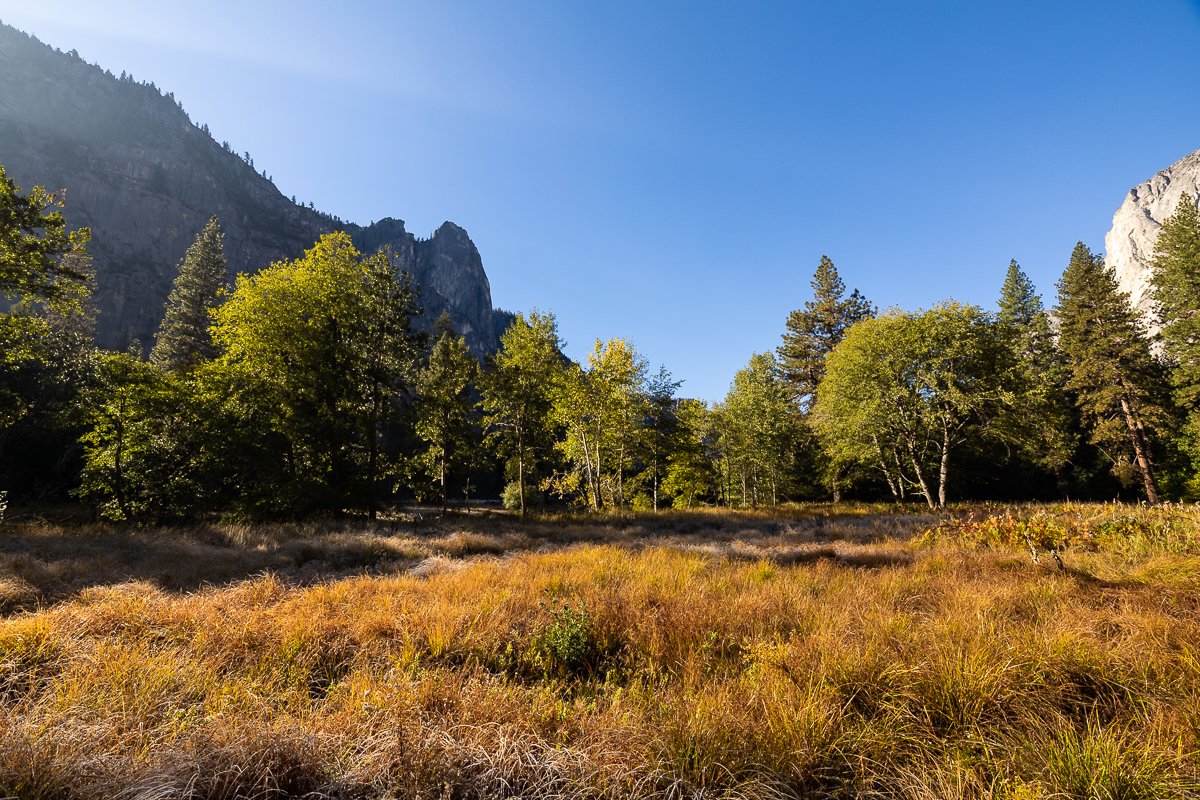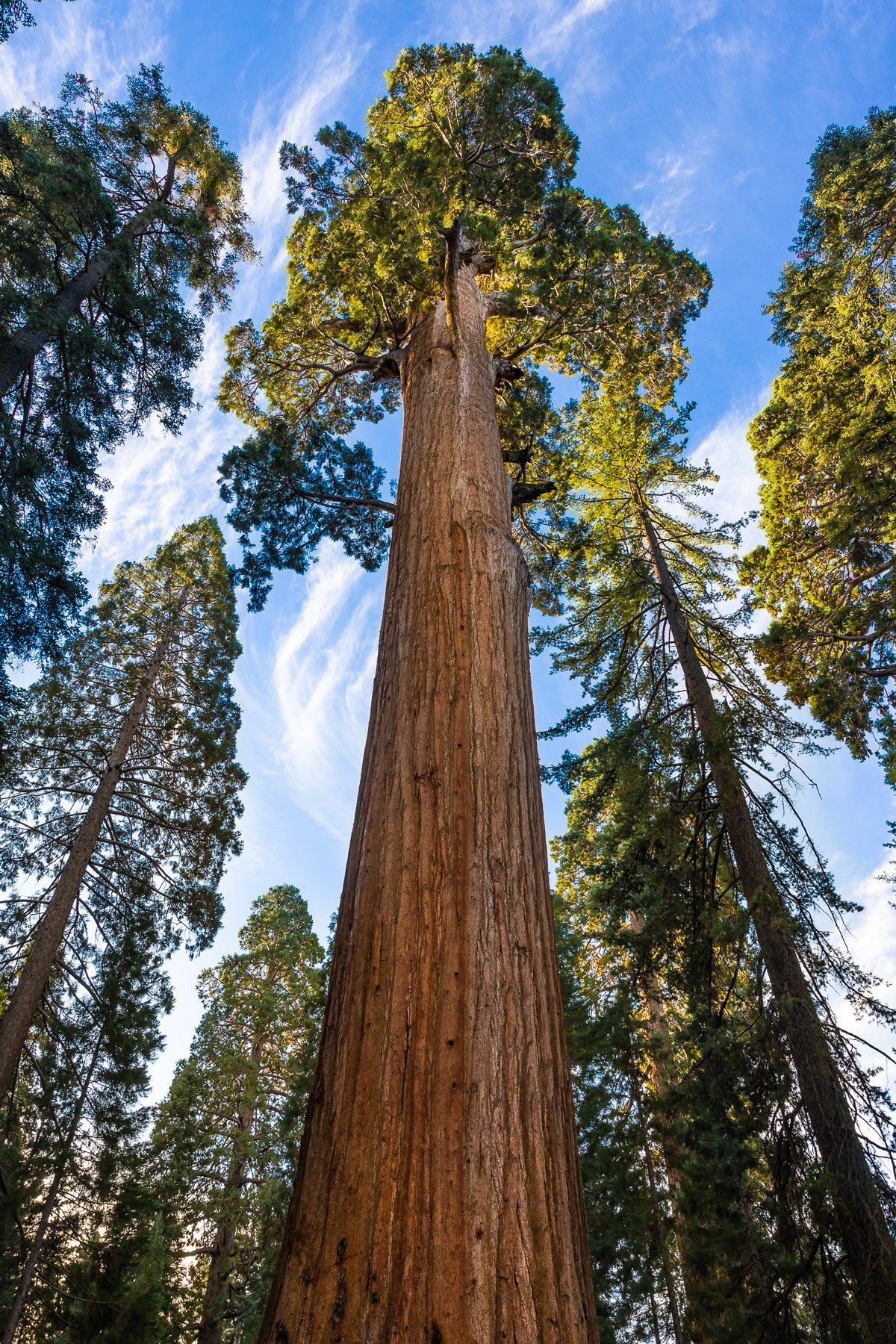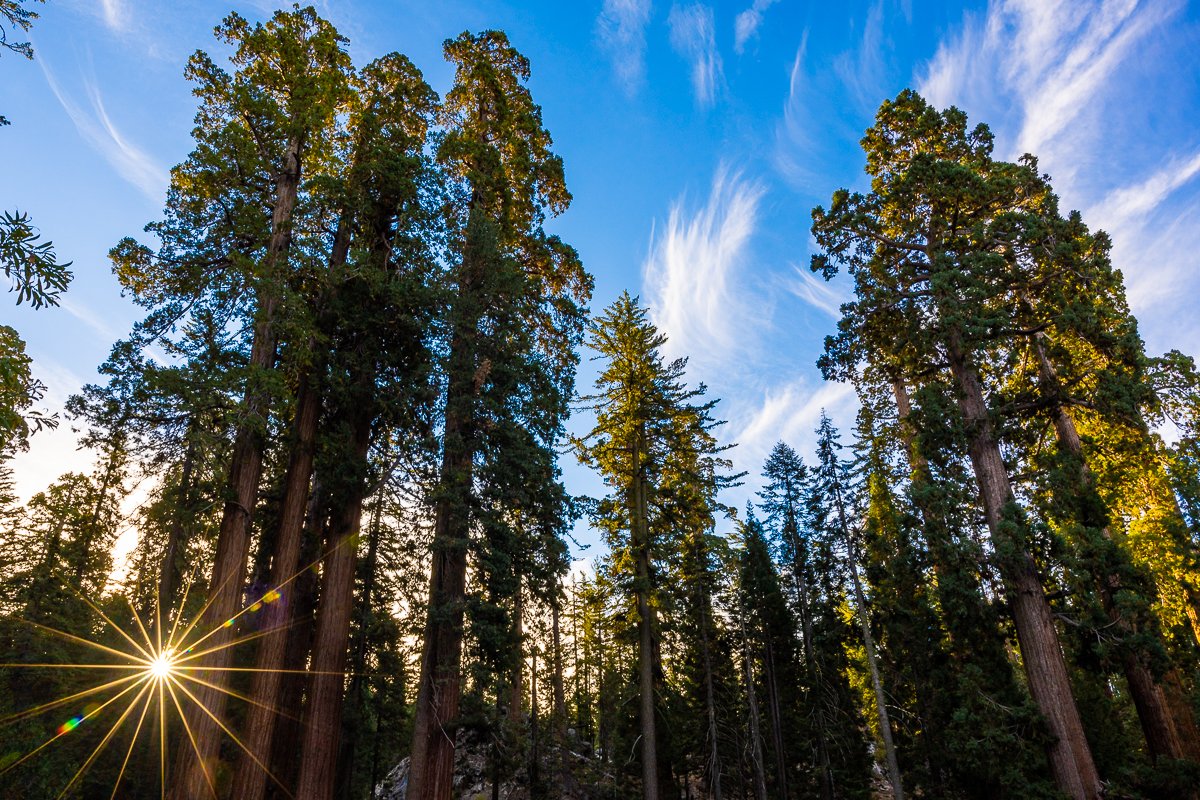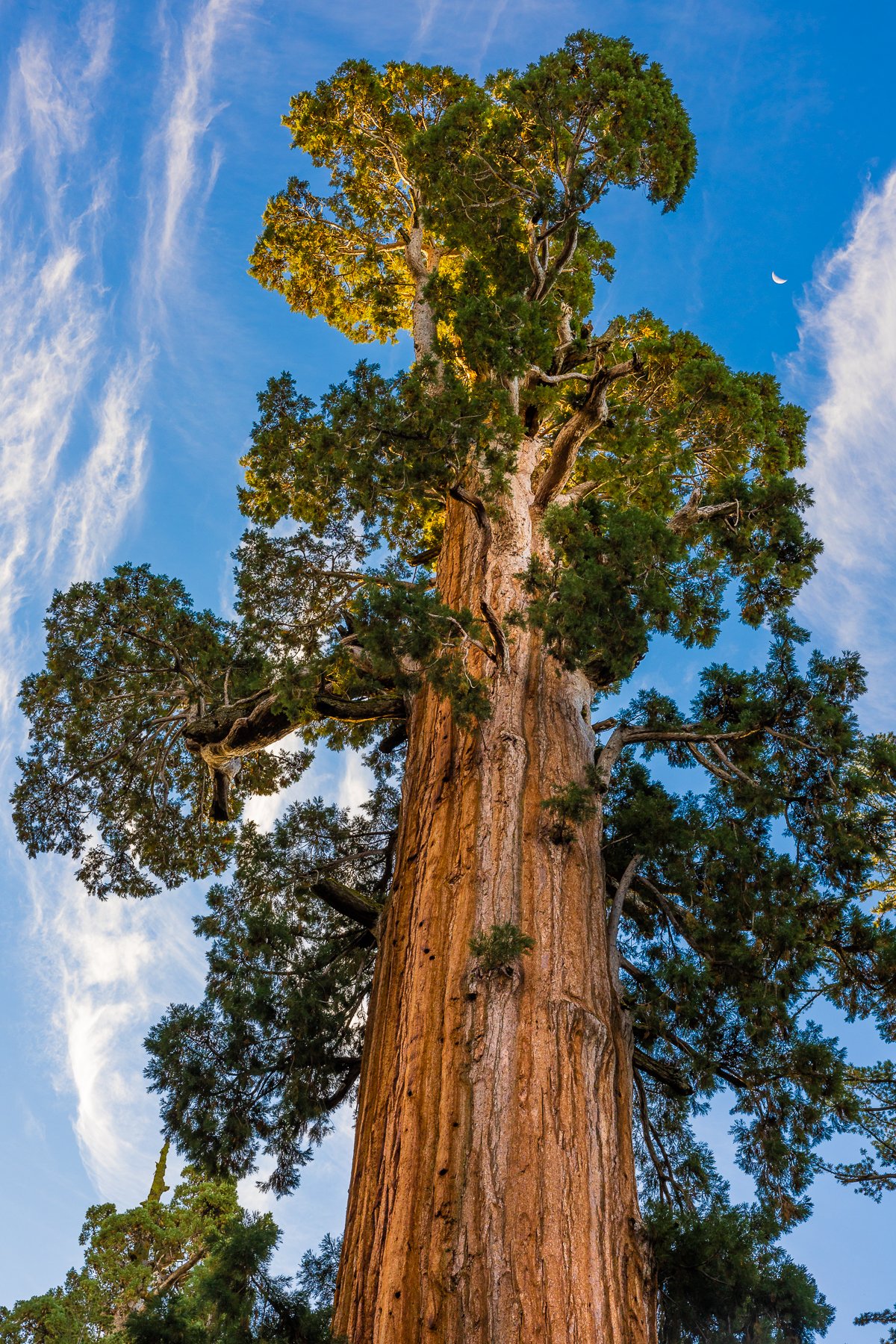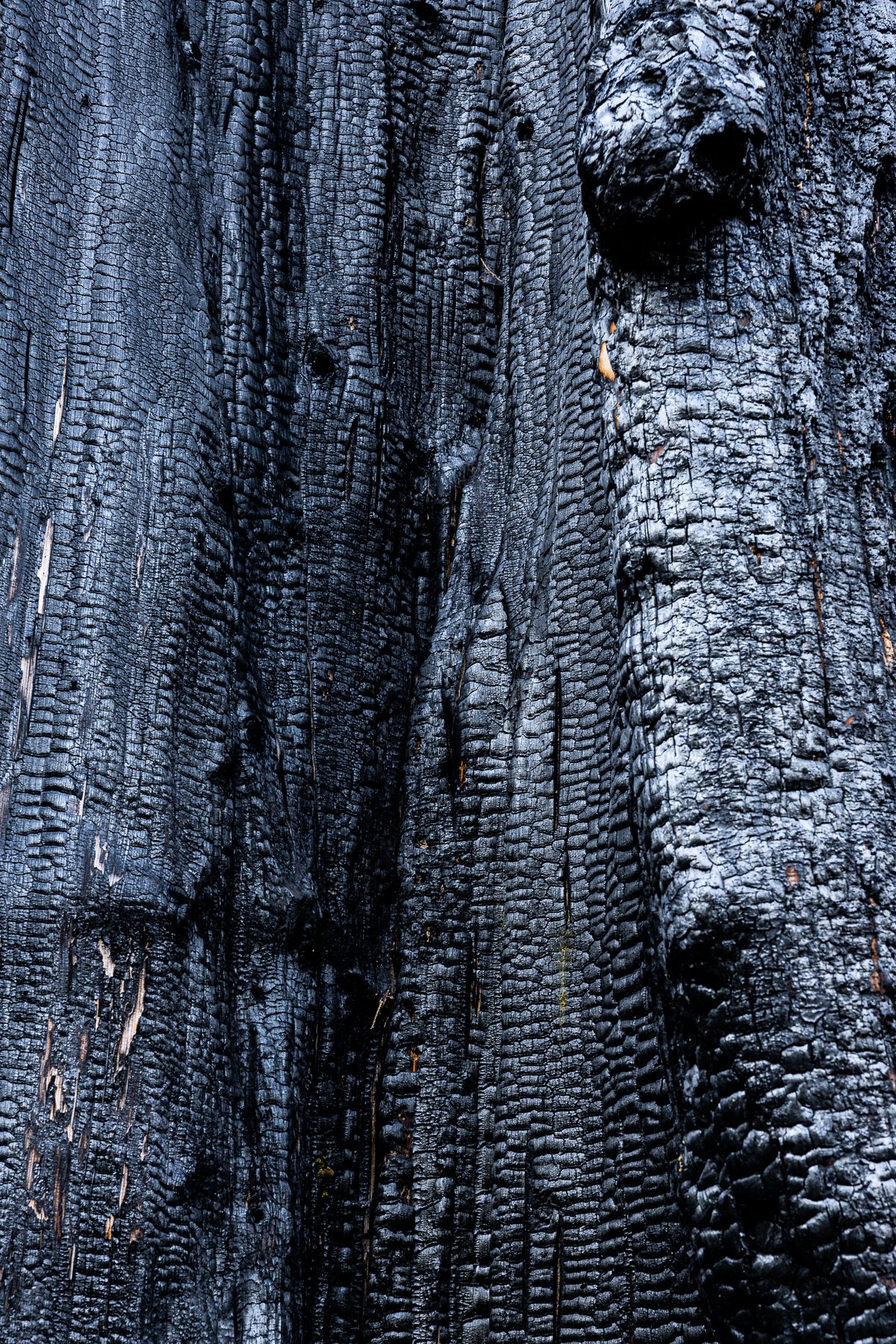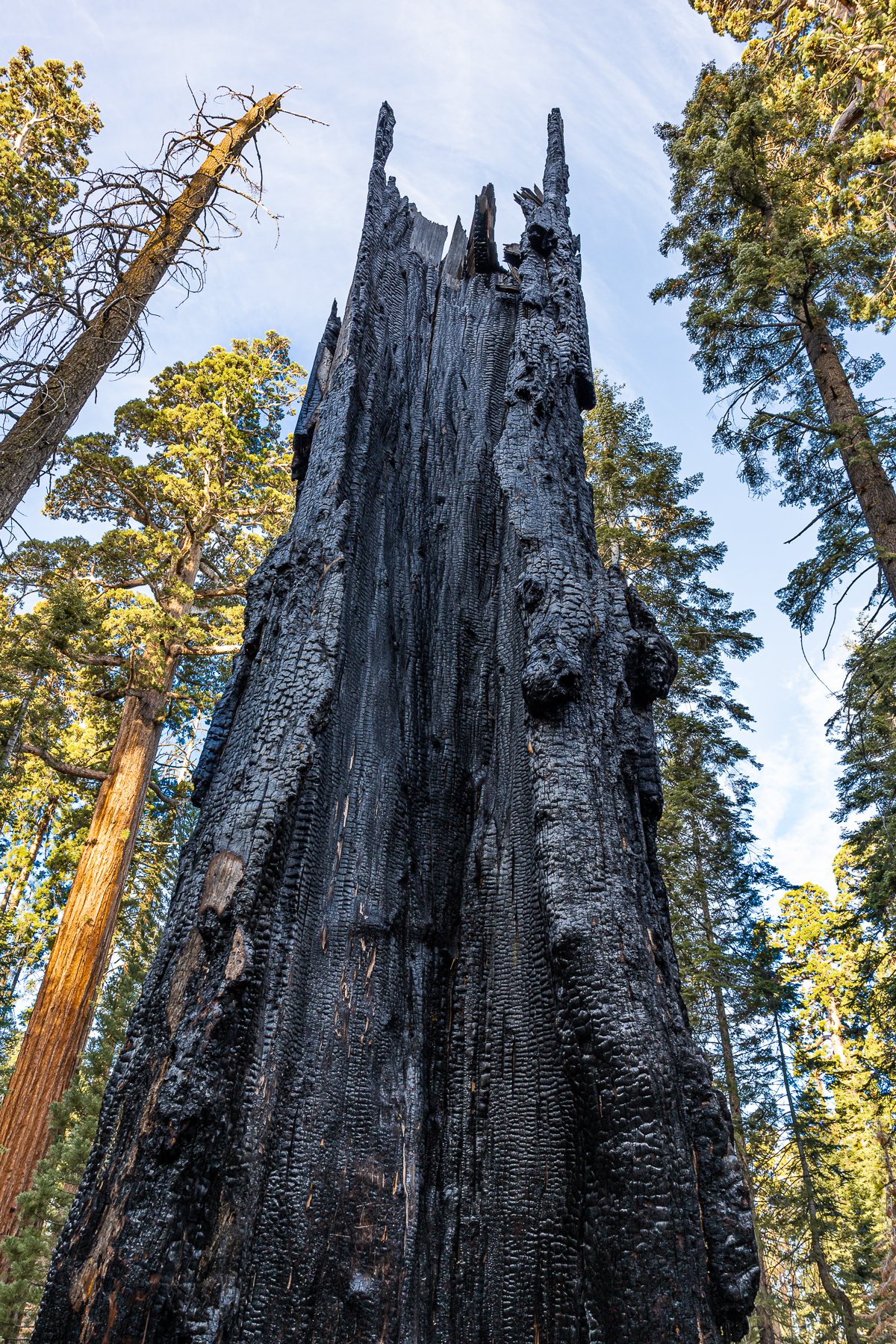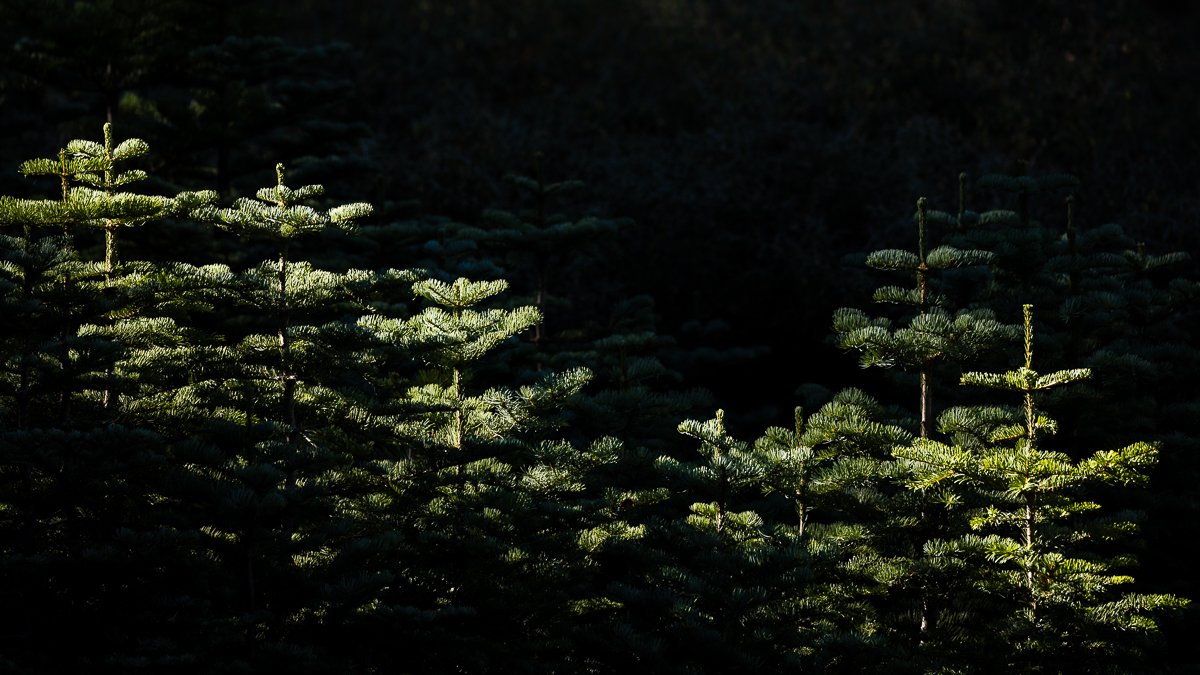In the wilderness of Kings Canyon National Park, a tale unfolds — a tale that illuminates the intricate dance between fire and the majestic sequoia trees. These towering sentinels, standing tall for centuries, have borne witness to the transformative power of fire, an element that holds both destructive and rejuvenating forces.
Fire plays a pivotal role in the natural cycle of the sequoia forests, shaping the landscape and nurturing the life cycle of these awe-inspiring trees. It acts as a purifying force, clearing away accumulated debris, triggering the release of sequoia seeds, and creating space for new growth. The thick bark of the sequoias serves as armor against the flames, ensuring their survival amidst the inferno.
However, fire also carries a bittersweet narrative of loss and renewal. The scars etched by wildfires stand as enduring reminders of nature's immense power and unpredictability. Amidst the charred remnants of fallen trees, the cycle of life and death unravels.
Contemplating the delicate interplay between fire and the resilient sequoias, we bear witness to the harmony and tension that define the natural world. It is a tale of life and death, destruction and rebirth that weaves its way through the breathtaking landscapes of Kings Canyon National Park. Let us honor this complex narrative and embrace the enduring spirit of these remarkable trees, for within their existence lies a profound lesson about the resilience and fragility of our interconnected world.

